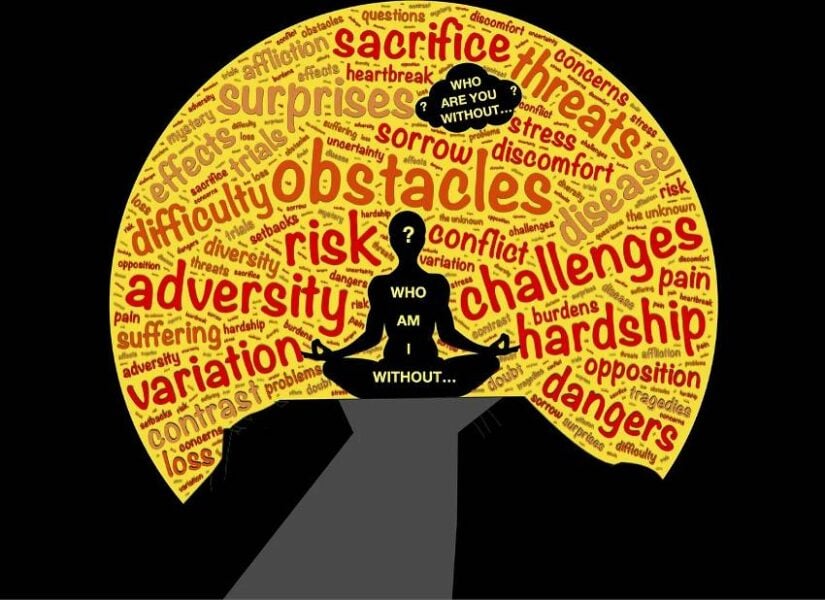A new study finds that highlighting the resilience and problem-solving skills of socio-economically disadvantaged students can improve their academic performance over time.
Summary: Research published in Social Psychological and Personality Science shows that an intervention emphasizing the strengths developed by low-income and first-generation college students led to increased self-confidence and better grades over a semester.
Estimated reading time: 5 minutes
Conventional narratives often portray socio-economically disadvantaged students as lacking the skills and potential to succeed in higher education. However, a new study challenges this perception by demonstrating that recognizing the unique strengths of these students can significantly improve their academic outcomes.
The research, conducted by psychologist Christina Bauer from the University of Vienna and colleagues from Stanford University and Northwestern University, was published in the journal Social Psychological and Personality Science on October 21, 2024.
Reversing the Deficit Narrative
The study focused on reframing the narrative around socio-economically disadvantaged students. Instead of emphasizing their perceived weaknesses, the researchers developed an intervention that highlighted the strengths these students often develop in response to their challenging circumstances.
“We already know from previous studies that disadvantaged people often have less confidence in their own abilities than others. Now we have specifically looked at the effects of different narratives about ‘social weakness’,” says Bauer.
The intervention involved presenting students with a text that emphasized qualities such as perseverance, problem-solving skills, and strength in dealing with challenges. Students were then encouraged to reflect on their own experiences and the strengths they had developed as a result.
Immediate and Long-Term Benefits
The study consisted of two experiments. In the first, socio-economically disadvantaged U.S. students who participated in the intervention showed increased self-confidence compared to a control group.
More significantly, a second long-term experiment at a U.S. university demonstrated that this improved self-confidence translated into tangible academic benefits. Students who reflected on the strengths they had acquired through their socio-economic background maintained higher levels of self-confidence throughout an entire semester and achieved better grades.
Implications for Education and Social Policy
These findings have important implications for how educational institutions and policymakers approach support for disadvantaged students:
- Challenging stereotypes: The study underscores the importance of challenging negative stereotypes about socio-economically disadvantaged students.
- Tailored support: Educational programs could be designed to help students recognize and leverage their unique strengths.
- Systemic change: The research highlights the need to address systemic issues that perpetuate negative narratives about disadvantaged groups.
- Broader applications: While this study focused on college students, similar approaches could potentially benefit disadvantaged individuals in other contexts, such as the workplace or community programs.
Limitations and Future Research
While the results are promising, it’s important to note that this intervention is not a panacea for the complex challenges faced by socio-economically disadvantaged students. Future research could explore:
- The long-term effects of such interventions beyond a single semester
- How these findings translate to different cultural contexts and education systems
- The potential for combining this approach with other support mechanisms, such as mentoring or financial aid programs
By recognizing and nurturing the resilience and unique skills developed by students from challenging backgrounds, educational institutions may be able to create more inclusive and effective learning environments for all students.
Quiz: Test Your Knowledge
- What was the main focus of the intervention in the study? a) Providing financial aid to disadvantaged students b) Highlighting the strengths developed by disadvantaged students c) Teaching study skills to improve grades d) Reducing class sizes for disadvantaged students
- How long did the second experiment in the study last? a) One week b) One month c) One semester d) One year
- According to the study, what improved for students who participated in the intervention? a) Only their self-confidence b) Only their grades c) Both their self-confidence and grades d) Neither their self-confidence nor grades
Answer key:
- b
- c
- c
Glossary of Terms
- Socio-economically disadvantaged: Individuals or groups with lower income, education, or social status compared to the general population.
- Intervention: A planned action or program designed to produce a specific outcome or change.
- Self-confidence: Belief in one’s own abilities, skills, and judgment.
- Narrative: The way a story or situation is presented or understood.
- Perseverance: Continued effort and determination despite difficulties or obstacles.
Enjoy this story? Get our newsletter! https://scienceblog.substack.com/


